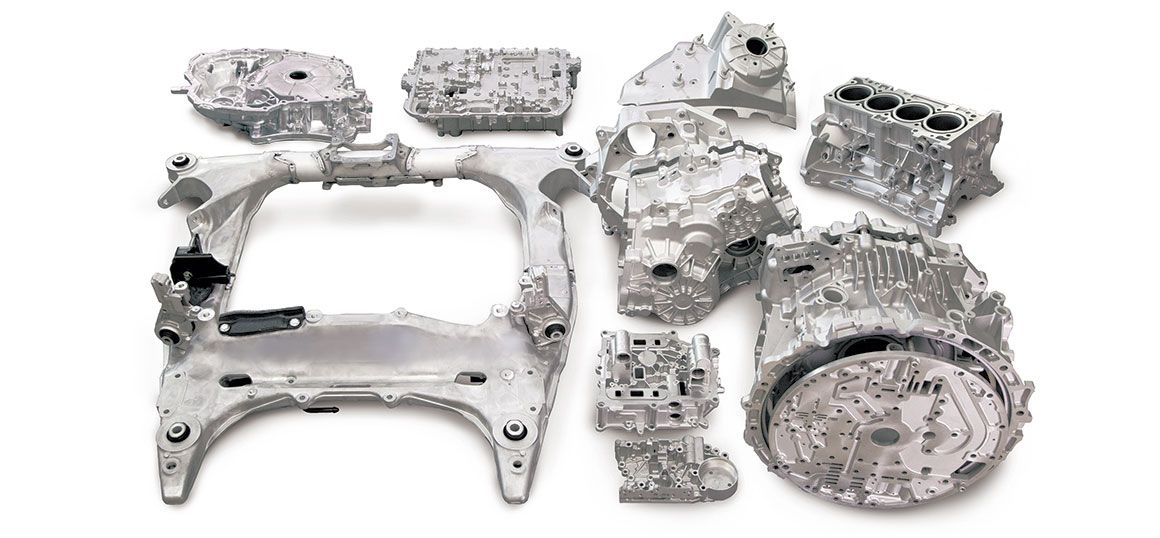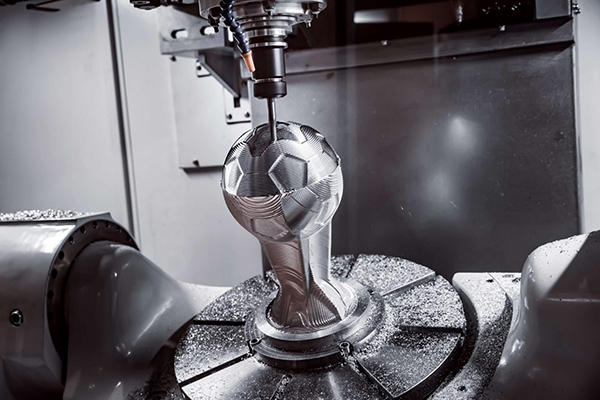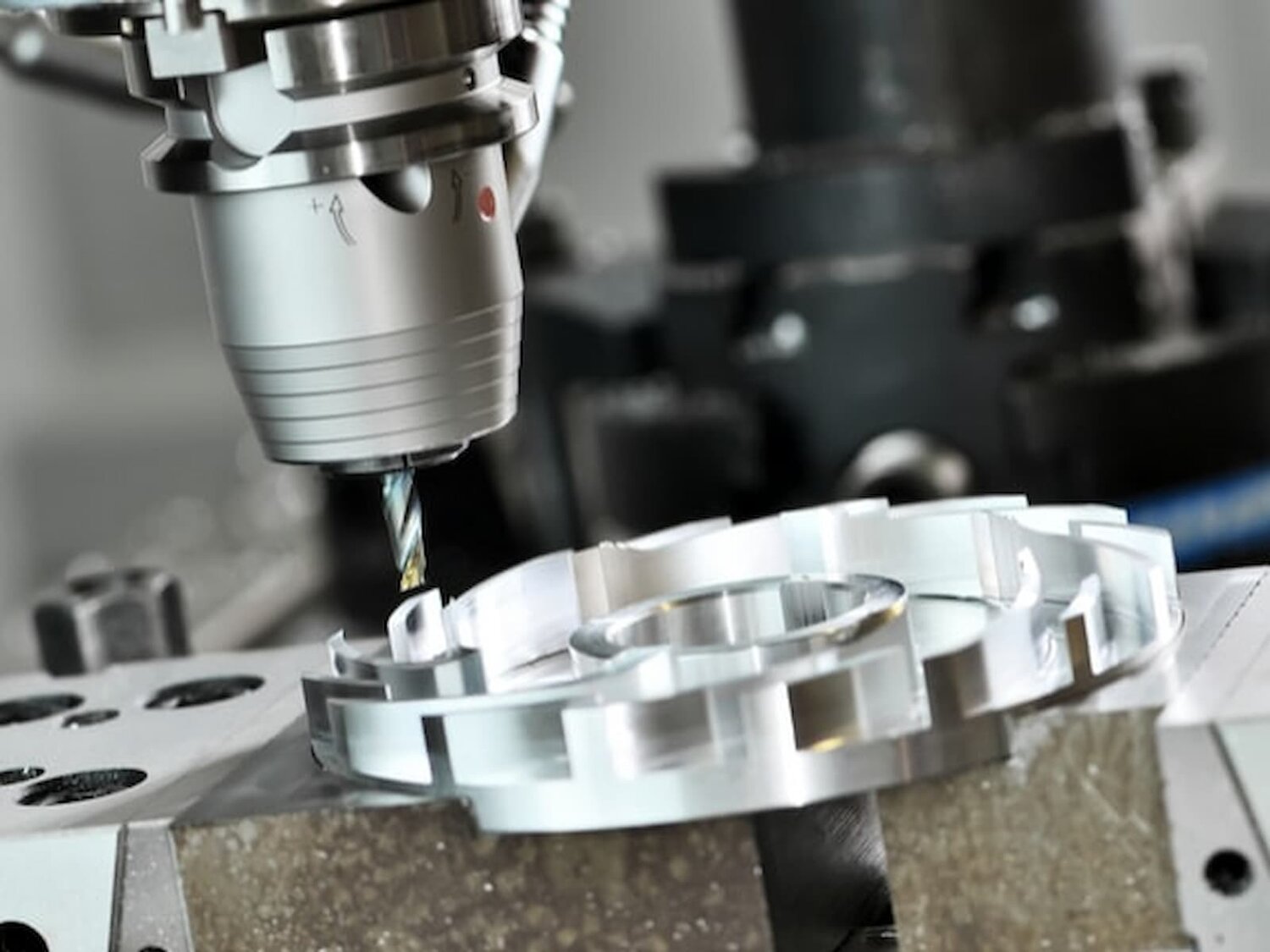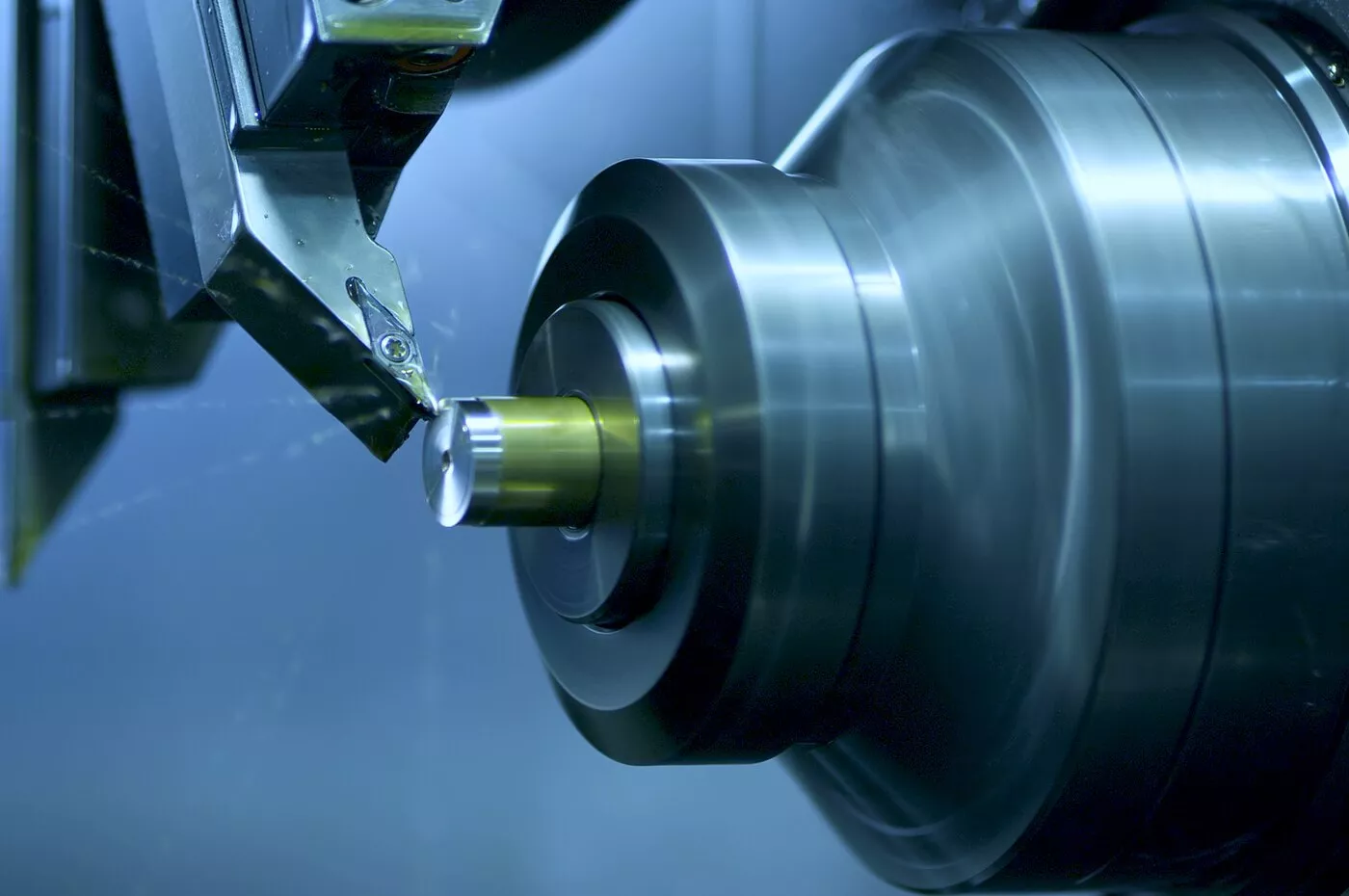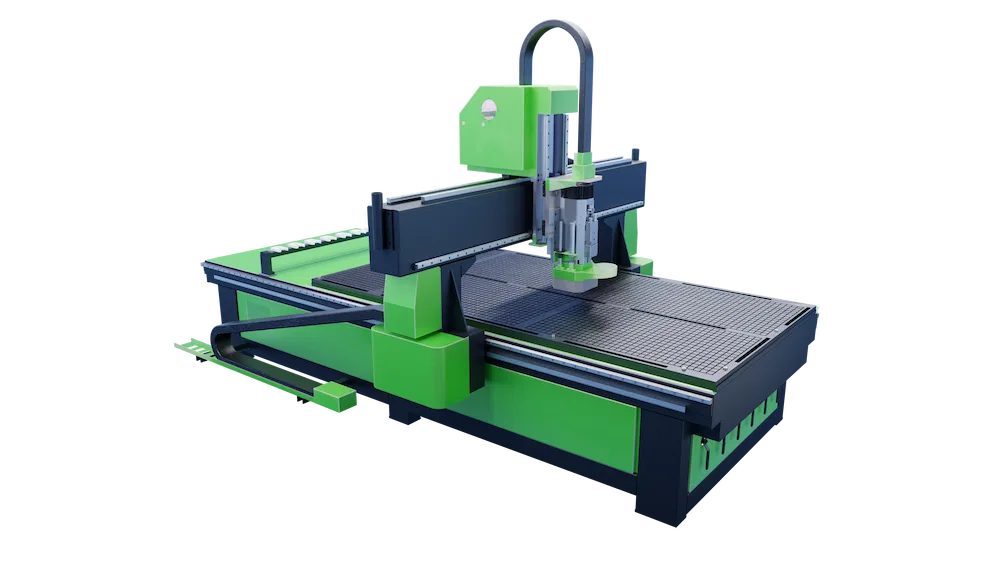Die casting is a fascinating process that is essential to the creation of ordinary objects around us, despite sounding like a term from a science fiction film. So, what is die casting, and how does it shape the products we use daily? Let’s dive into the world of die casting in simple terms, leaving behind the technical jargon.
Understanding Die Casting
Die casting is like the superhero of manufacturing. Imagine creating intricate metal parts with precision and speed—this is where die casting steps in. It’s a process where molten metal is released into a mold and cools into a solid shape. This process is the unsung hero behind many of the metal components in our appliances, toys, and even car parts.
The Birth of Die Casting
From hot metal to cool products. Die casting has been around since the early 19th century, evolving with technology. Back then, it was like magic—the ability to mold metal quickly and efficiently. Today, die casting is an essential part of contemporary manufacturing, helping to produce a lot of everyday goods.
Types of Die Casting
One size does not fit all. Die casting comes in different flavors. There’s hot chamber die casting, cold chamber die casting, and even squeeze casting. Each type has its strengths and is used depending on the specific requirements of the final product.
Hot Chamber Die Casting
Speed is of the essence. In hot chamber die casting, the injection system is submerged in the molten metal, allowing for quicker production cycles. This method is ideal for items that require rapid mass production without compromising on quality.
Cold Chamber Die Casting
Cooler heads prevail. Cold chamber die casting is the cooler cousin. Here, the molten metal is ladled into the injection system externally. This method is suitable for materials with higher melting points, ensuring the final product meets specific requirements.
The Dance of Molten Metal
Liquid metal ballet. Picture this: molten metal swirling and dancing into intricate molds, taking the shape of the final product. The mesmerizing process of die casting turns raw materials into everyday objects we can’t imagine living without.
Advantages of Die Casting
Why choose die casting over other methods? The benefits are aplenty.
Precision at Its Finest
There is no room for errors. Die casting allows for high precision and intricate detailing. From the tiniest gear in your watch to the complex components in your smartphone, die casting ensures perfection down to the micron.
Cost-Effective Mass Production
Efficiency is at its core. Die casting is the assembly line’s best friend. It is an economical alternative for industries since it permits large-scale production without sacrificing quality.
Challenges in Die Casting
Not without its hurdles. While Die Casting is a superhero, every hero faces challenges.
High Initial Tooling Costs
Investing in perfection. Setting up the die casting process requires specialized molds, which can be costly initially. However, the long-term benefits often outweigh the initial investment.
Limited Material Choices
Choosing wisely. Die casting is not a one-size-fits-all solution when it comes to materials. Some metals are more suitable than others, limiting the choices for certain applications.
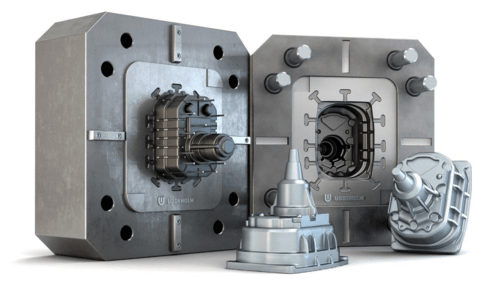
Frequently Asked Questions
1. What materials are commonly used in die casting?
Die casting commonly uses metals such as aluminum, zinc, and magnesium due to their excellent casting properties and durability.
2. Is die casting environmentally friendly?
Die casting can be environmentally friendly when using recycled metals. The process itself is efficient, minimizing waste and energy consumption.
3. Can die casting be used for small-scale production?
While die casting is known for mass production, it can be adapted for smaller quantities, though other methods may be more cost-effective for limited runs.
4. How long does it take to set up the die-casting process?
Setting up die casting can take time, primarily due to creating specialized molds. The duration varies depending on the complexity of the project.
5. Are there alternatives to die casting for metal production?
Yes, alternatives like sand casting and investment casting exist, each with its own advantages. Die casting is preferred for its speed and precision in mass production.
More about Die casting
Unlock the door to understanding die casting, and you’ll see a world where molten metal transforms into the products that make our lives easier. It’s not just a manufacturing process; it’s the art of turning liquid potential into solid reality. After all this, if you want to learn more, you can visit a website like JUNING. On the website of JUNING, you can research more for the best information.
Conclusion
In a nutshell, die casting is the unsung hero of manufacturing, turning molten metal into the products we use daily. From precision to cost-effectiveness, this process has shaped the modern world. So, the next time you marvel at a well-crafted metal object, remember the dance of molten metal that brought it to life.



